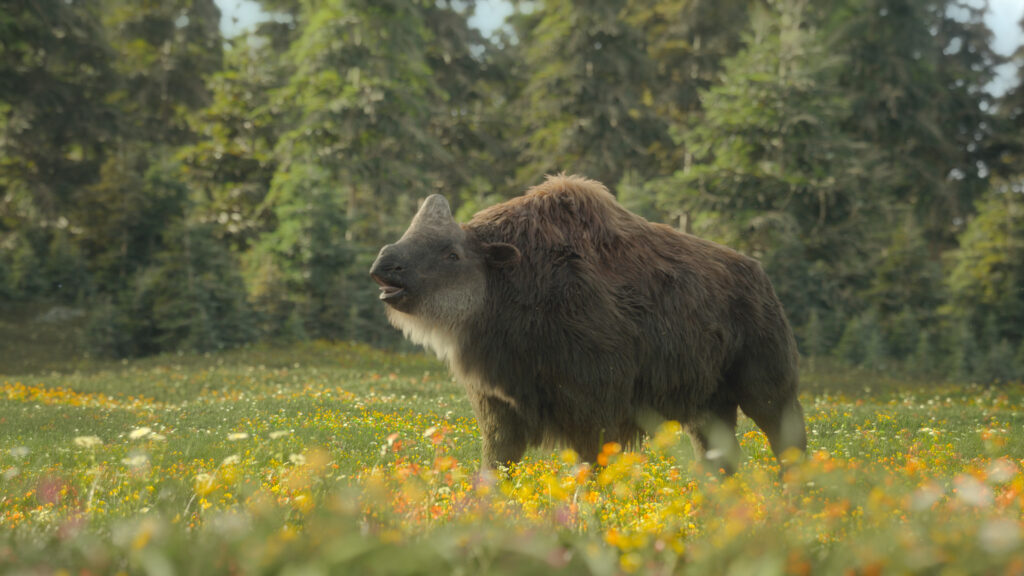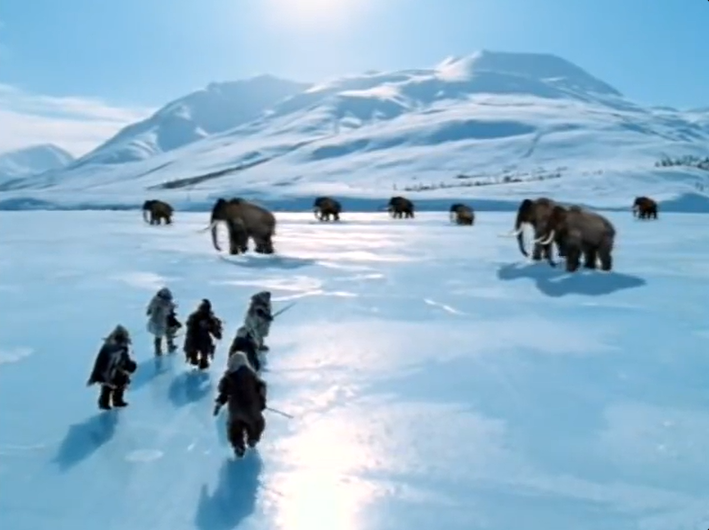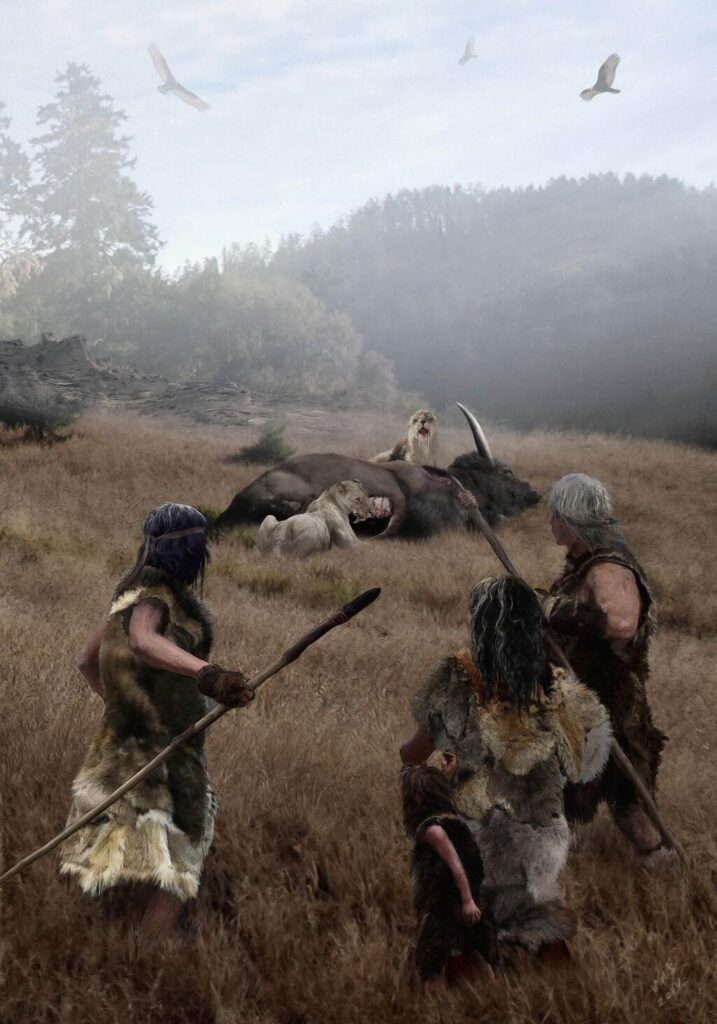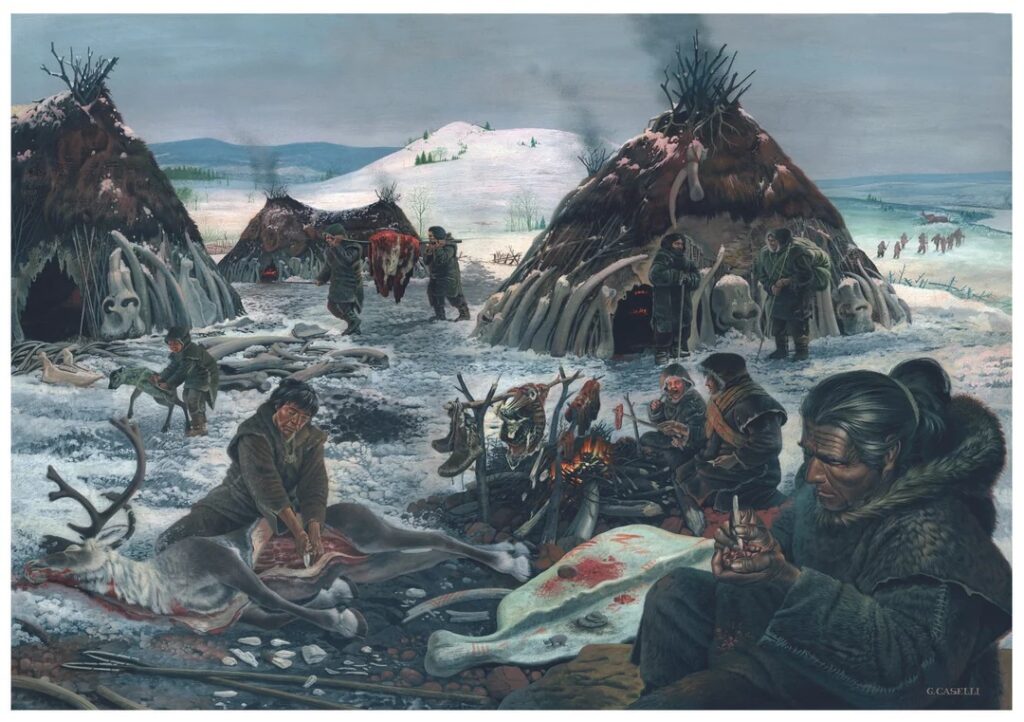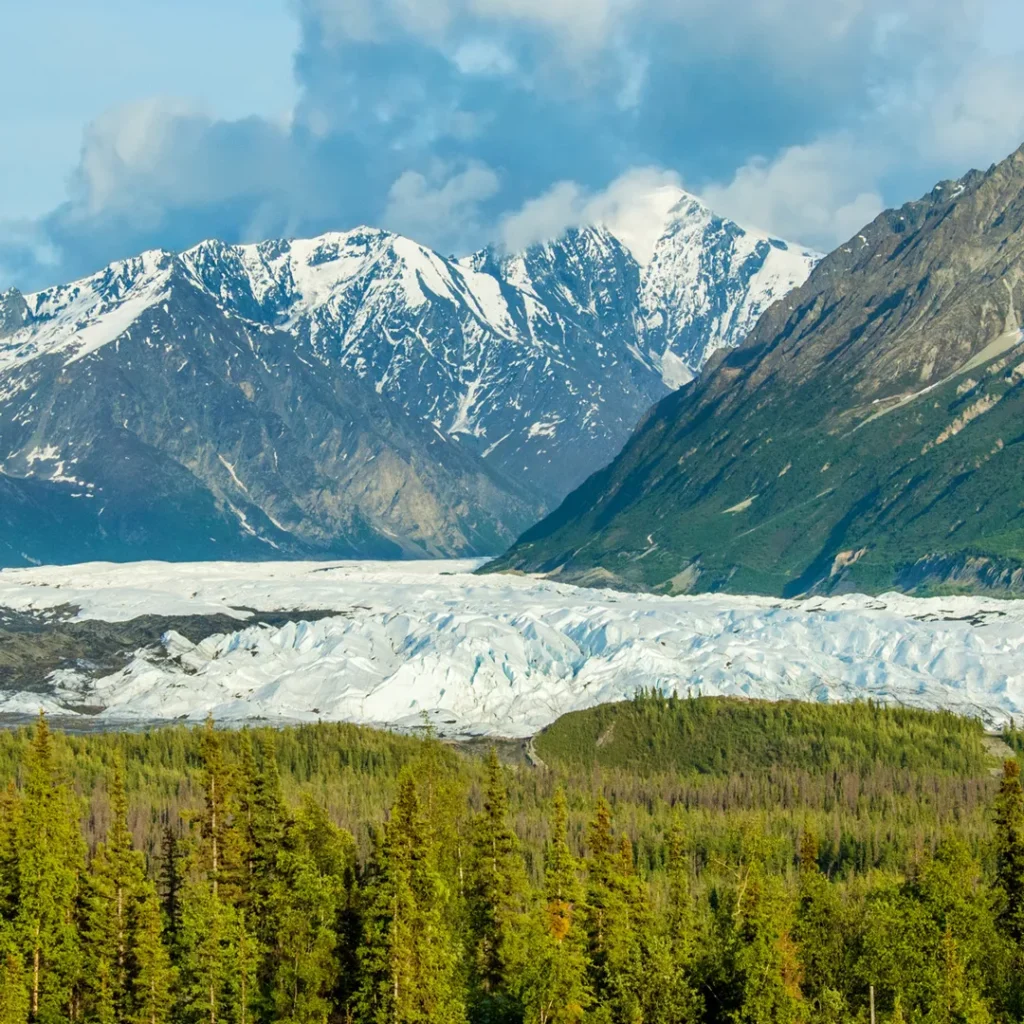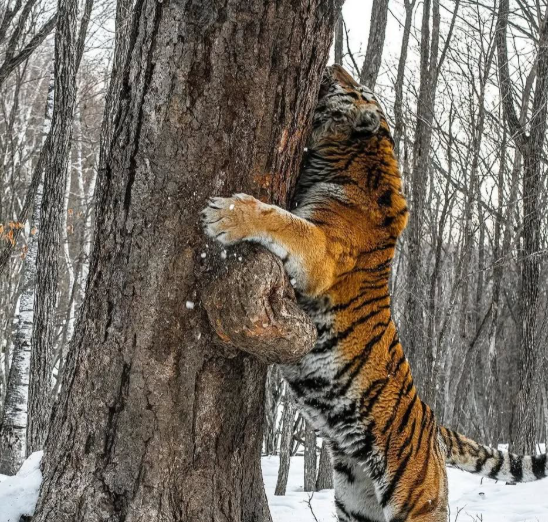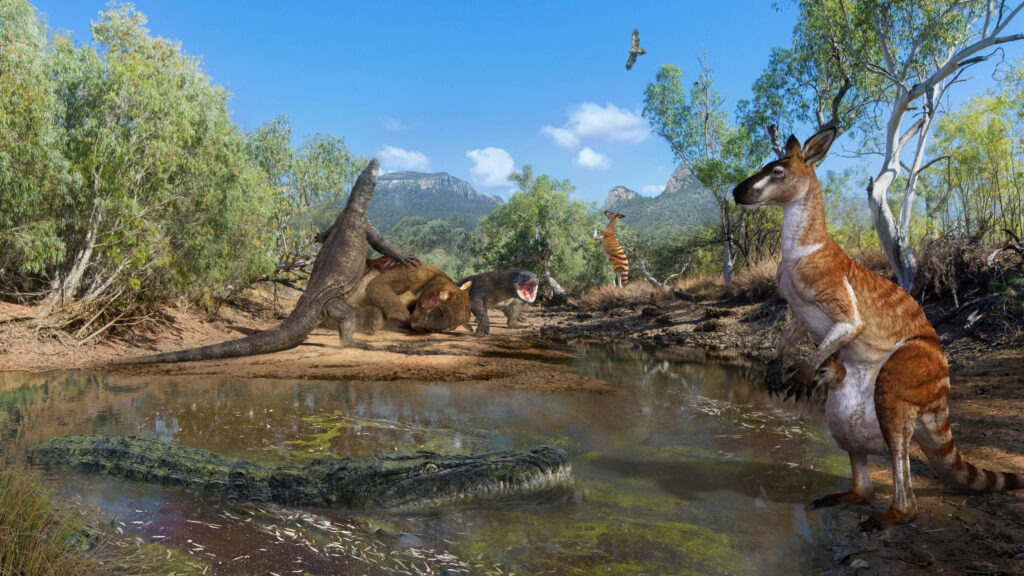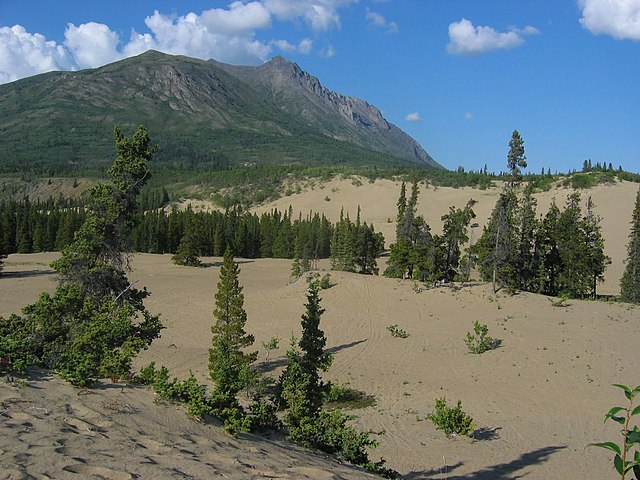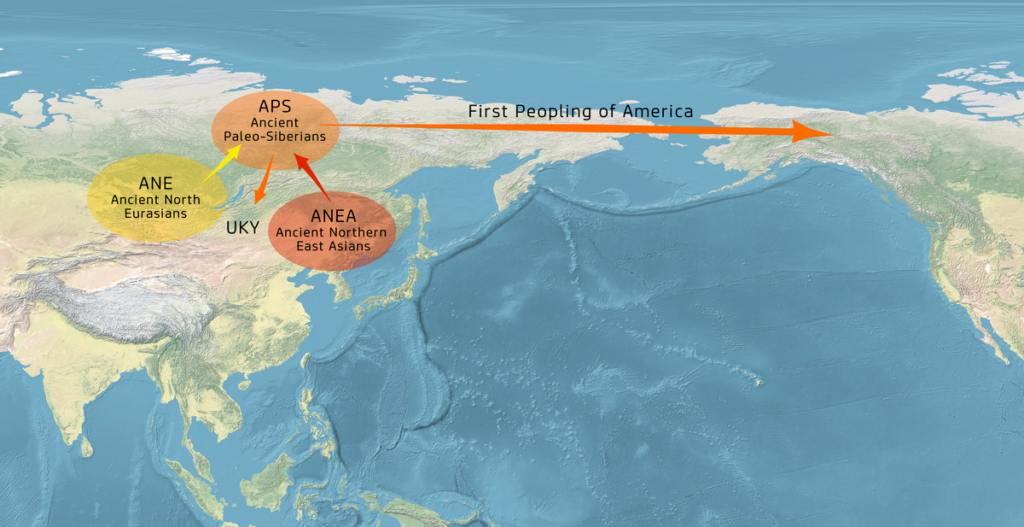Review of Prehistoric Planet: Ice Age — Praise and Pitfalls [Spoilers]
Apple TV has just released Prehistoric Planet: Ice Age, the third season of the franchise (Link). This time the series jumps tens of millions of years forward—from the Mesozoic landscapes of the first two seasons to (as the name implies) the much more frigid and turbulent world of the Pleistocene. I write and read way […]
